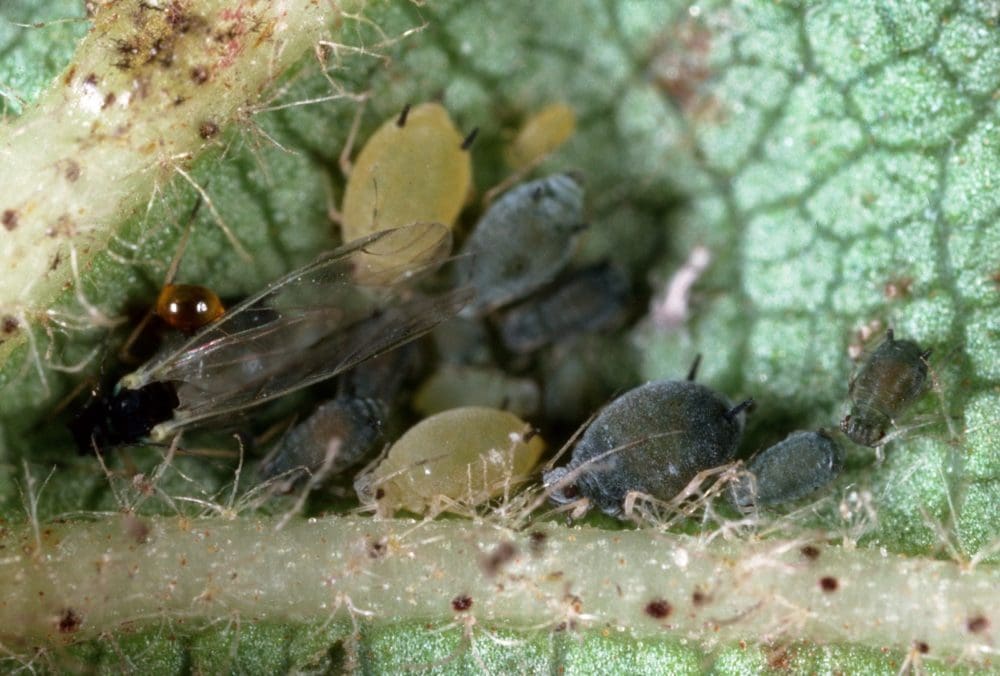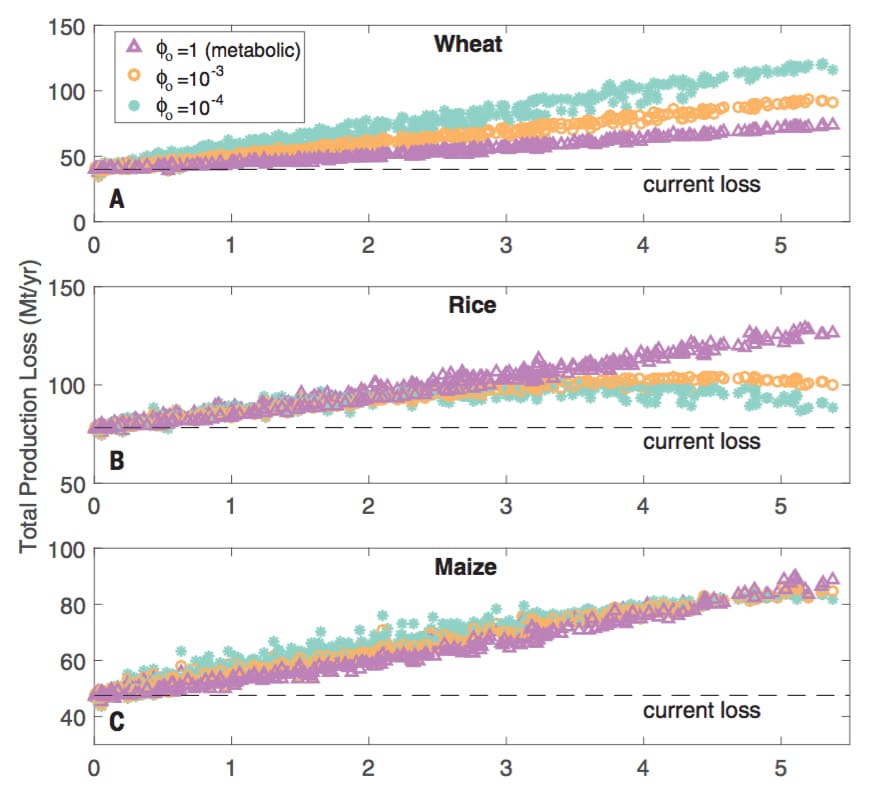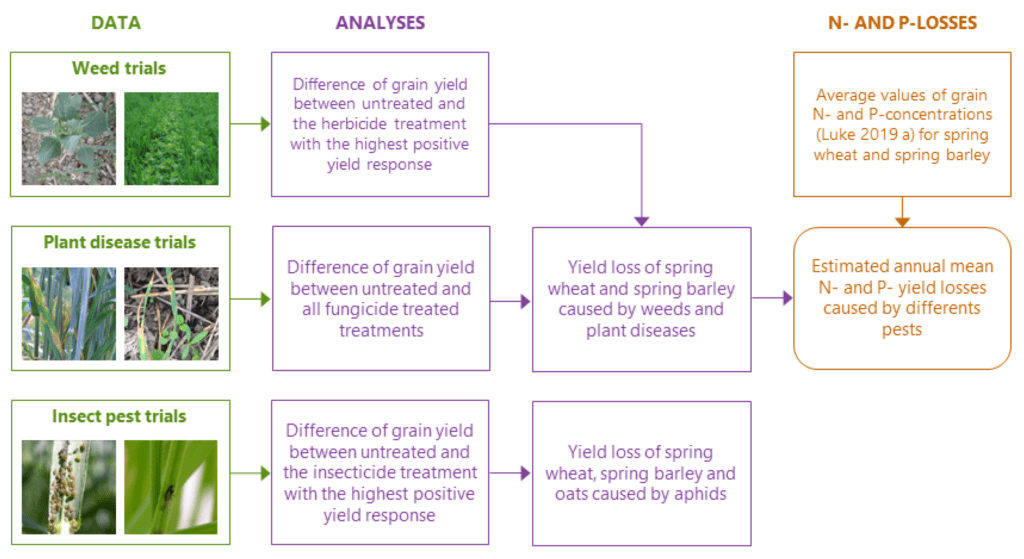Crop yields play a vital role in the global food supply, affecting not only the economy but also the well-being of people around the world. However, pests pose a significant threat to crop production, causing significant damage and loss. This article explores the impact of pests on crop yields, shedding light on their destructive effects and the importance of implementing effective pest control measures. By understanding the challenges pests present, we can better appreciate the necessity of combating them to ensure a sustainable and thriving agricultural industry.
1. Introduction
Welcome to our comprehensive guide on the impact of pests on crop yields. As a farmer or someone interested in agriculture, you understand the vital role that crop yields play in food production and overall food security. Unfortunately, pests pose a significant threat to crop yields worldwide, causing both direct and indirect damage that can lead to economic losses and environmental consequences. In this article, we will explore the various types of pests affecting crop yields, the specific damages they cause, and the strategies available for effective pest control.
2. Types of Pests Affecting Crop Yields
2.1 Insect Pests
Insect pests are one of the most common and destructive types of pests that can significantly impact crop yields. They include various insects such as aphids, beetles, caterpillars, and mites. These pests feed on the crops, causing defoliation, leaf damage, and even complete crop destruction. Some insect pests also act as vectors for diseases, further exacerbating the damage.
2.2 Fungal Pests
Fungal pests, including molds, mildews, and rusts, can infect crops and hinder their healthy growth. Fungal diseases can affect both above-ground plant parts, such as leaves and stems, and below-ground parts like roots, leading to rot, wilting, and other damaging effects. Fungal pathogens thrive in moist conditions, making them particularly troublesome in areas with high humidity.
2.3 Bacterial and Viral Pests
Bacterial and viral pests can cause severe damage to crops by infecting them and disrupting their normal functions. Bacterial diseases often result in stunted growth, wilting, and necrosis in plants. Viral diseases, on the other hand, can cause a wide range of symptoms, including leaf discoloration, deformities, and reduced yield. Both bacterial and viral pests can spread quickly, leading to entire crop losses if left unchecked.
2.4 Nematodes
Nematodes are microscopic roundworms that can significantly impact crop yields by attacking the roots, stems, and leaves of plants. They penetrate the plant tissue and feed on the vital nutrients, causing stunting, wilting, and reduced vigor. Nematodes are particularly troublesome in sandy soils, where they can easily move and spread rapidly from plant to plant.

3. Direct Crop Damage
3.1 Feeding Damage
One of the most evident forms of direct crop damage caused by pests is feeding damage. Insect pests, for example, can chew on leaves, fruits, and stems, leaving behind visible holes and marks. This feeding reduces the overall plant vigor and can even lead to the complete destruction of crops if left uncontrolled.
3.2 Transmission of Diseases
In addition to causing physical damage, pests can also act as vectors for various diseases that affect crops. For instance, insect pests can carry and transmit viral or bacterial pathogens from one plant to another, spreading diseases throughout the field. This transmission can result in widespread infection and crop losses, as the diseases can hinder the plants’ ability to grow and produce healthy yields.
3.3 Stunting and Growth Abnormalities
Certain pests, such as nematodes, can cause stunting and growth abnormalities in crops. Nematodes feed on the roots of plants, depriving them of essential nutrients needed for proper development. This feeding damage can lead to stunted growth, wilting, and an overall reduction in crop yields. Additionally, other pests, such as fungal pathogens, can cause deformities in the plant structure, further compromising its growth and productivity.
4. Indirect Crop Damage
4.1 Reduction in Photosynthesis
Pests can indirectly impact crop yields by reducing the plants’ ability to carry out photosynthesis effectively. For example, insect pests often target the foliage of crops, affecting their ability to capture sunlight and convert it into energy. This reduction in photosynthesis can result in slower growth, lower productivity, and decreased overall crop yields.
4.2 Nutritional Stress
Fungal and bacterial pests can cause nutritional stress in crops by attacking and impairing the plants’ ability to uptake and utilize essential nutrients. Nutritional deficiencies can lead to weakened plants, making them more susceptible to further pest attacks and reducing their capacity to produce high-quality yields. As a result, the crops may suffer from stunted growth, yellowing of leaves, and reduced yield potential.
4.3 Secondary Infections
Pests can also pave the way for secondary infections in crops. For example, when insect pests feed on plants, they create entry points for other pathogens, such as fungi or bacteria, to invade the plant tissue. These secondary infections can lead to additional damage and further compromise the crop’s productivity and overall quality.

5. Decreased Crop Quality
5.1 Physical Damage
Pests can cause physical damage to crops, resulting in a significant decrease in overall crop quality. Insect pests, for instance, can leave behind unsightly marks, blemishes, or even render the crops inedible. Additionally, fungal diseases can cause rot or mold, making the produce unmarketable and unfit for consumption. Such physical damage directly affects the market value and desirability of the crops, leading to significant losses for farmers.
5.2 Toxin Production
Certain pests, including fungi and insects, have the ability to produce toxins that can contaminate the crops. These toxins pose a serious health risk to humans and animals if consumed, and can result in foodborne illnesses. Crops affected by pests may accumulate higher levels of harmful toxins, rendering them unsafe for consumption and further damaging their quality and marketability.
5.3 Quality Degradation
Pest damage can cause a gradual degradation in crop quality over time. For example, repeated attacks by pests can lead to the accumulation of scars, blemishes, or deformities on the crops. This degradation can make the crops less appealing to consumers and impact their market value. Additionally, the presence of pests and their associated damage can also affect the taste, texture, and nutritional content of the crops, further reducing their overall quality.
6. Economic Losses
6.1 Decreased Crop Value
The impact of pests on crop yields directly translates into economic losses for farmers. Crop damage caused by pests can significantly reduce the market value of the produce, as consumers prefer high-quality and visually appealing crops. Farmers may face lower prices and reduced demand for their damaged crops, ultimately leading to financial losses and potential hardships.
6.2 Increased Production Costs
Pests often require farmers to invest additional resources and funds in pest control measures. These measures include purchasing insecticides, fungicides, or other pest control products, as well as the cost of labor and equipment for their application. Increased production costs can strain the financial resources of farmers and reduce their overall profit margins.
6.3 Post-Harvest Losses
Even after the crops are harvested, the impact of pests can continue to cause losses. Certain pests, such as storage insects or molds, can infest stored crops and cause spoilage, rendering them unsuitable for market. These post-harvest losses not only result in financial consequences but also waste valuable resources and contribute to food waste.

7. Impact on Food Security
The impact of pests on crop yields has a significant effect on global food security. As pests reduce crop productivity and quality, the availability and affordability of nutritious food become compromised. This situation can result in food shortages, increased food prices, and difficulties in meeting the nutritional needs of growing populations. It highlights the importance of effective pest control and sustainable agricultural practices to ensure food security for present and future generations.
8. Environmental Consequences
8.1 Destruction of Beneficial Insects
In the quest to control pests, the use of chemical pesticides can often have unintended consequences for the environment. Pesticides, while targeting pests, can also harm beneficial insects, such as pollinators and natural predators of pests. This destruction of beneficial insects can disrupt ecosystem balance, leading to a decline in biodiversity and potentially causing long-term ecological damage.
8.2 Disruption of Ecosystem Balance
The presence of pests and the subsequent pest control measures can disrupt the delicate balance of ecosystems. Pests, in their natural habitat, often have natural predators and biological controls that keep their populations in check. However, the use of chemical pesticides can disturb this balance by killing both pests and beneficial organisms. This disruption can allow pest populations to rebound more aggressively, leading to a cycle of repeated pesticide applications and further ecological imbalance.

9. Strategies for Pest Control
9.1 Biological Control
Biological control involves the utilization of natural enemies, such as predators, parasites, or pathogens, to control pest populations. This strategy aims to harness the natural balance between pests and their natural enemies and reduce the reliance on chemical pesticides. Implementing biological control methods can help enhance long-term pest management and minimize the negative impacts on crop yields and the environment.
9.2 Cultural Practices
Cultural practices refer to the strategic implementation of agricultural techniques to reduce pest populations and their impact on crops. These practices include crop rotation, intercropping, and the use of resistant crop varieties. By diversifying the farming system and making it less favorable for pests, cultural practices can help disrupt pest life cycles and reduce pest populations naturally.
9.3 Chemical Control
Chemical control, although associated with potential environmental risks, can be an effective short-term solution for managing pest populations. It involves the application of pesticides to eliminate or reduce pest numbers. However, it is crucial to use chemical control judiciously, following appropriate safety guidelines and considering the potential impacts on human health, beneficial organisms, and the environment.
9.4 Integrated Pest Management
Integrated Pest Management (IPM) is a holistic approach that combines multiple pest control strategies to effectively manage pests while minimizing the impact on crop yields and the environment. IPM involves the careful monitoring and identification of pests, using a combination of cultural, biological, and chemical control methods as needed. It strives to find a balance between effective pest control and sustainability, promoting long-term solutions for managing pests.
11. Conclusion
In conclusion, pests pose a significant threat to crop yields worldwide, impacting food production, economic stability, and environmental sustainability. From insect pests and fungal diseases to nematodes and viral infections, these pests cause direct crop damage, decrease crop quality, and result in economic losses. Additionally, they disrupt ecosystem balance and contribute to post-harvest losses. However, with the implementation of effective pest control strategies such as biological control, cultural practices, chemical control, and integrated pest management, farmers can mitigate the impact of pests on crop yields. By prioritizing sustainable pest management practices, we can ensure food security, protect the environment, and promote the long-term prosperity of agriculture.


I am Randy, the author behind PestControld.com. Drawing from decades of experience, I aim to provide valuable insights, expert advice, and practical recommendations to help you make informed decisions when assessing viable pest control solutions.